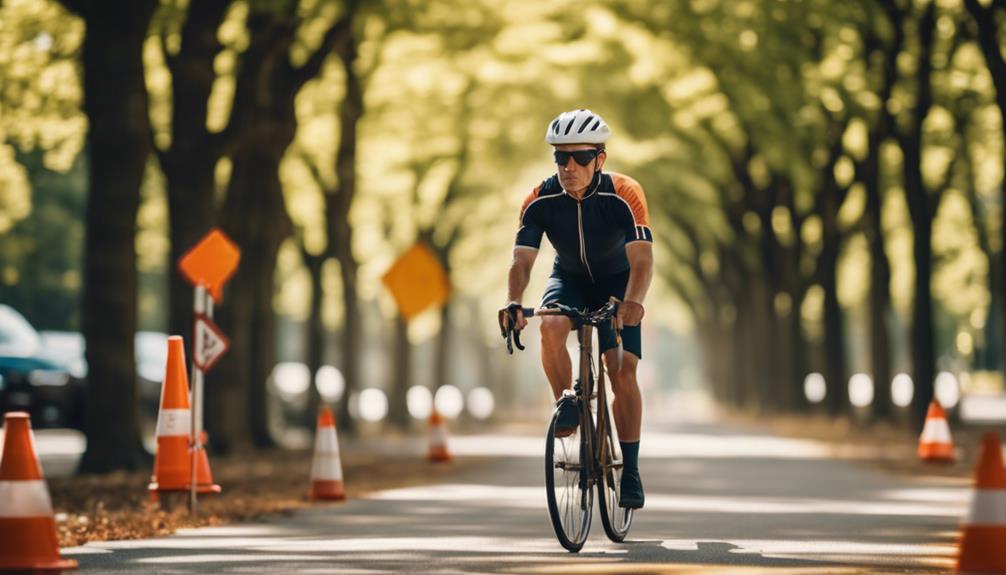Finding the right bike for your toddler can be a rewarding yet challenging experience. With the myriad of options available, it’s essential to understand the factors that contribute to a safe and enjoyable biking experience for young children. This comprehensive guide will explore the types of toddler bikes, safety considerations, and tips for choosing the best one for your little one.
Understanding Different Types of Toddler Bikes
When selecting a bike for a toddler, parents typically consider the following types:
- Balance Bikes: These are pedal-less bikes that help children develop balance and steering skills. They are usually lightweight and designed for kids aged 18 months to 5 years.
- Tricycles: These three-wheeled bikes provide stability and are often equipped with a push handle for parents to assist. Ideal for toddlers who are just starting to learn how to pedal.
- Training Wheels Bikes: These traditional bikes come with training wheels to provide extra stability while children learn to ride. Typically suitable for children aged 3 to 7 years.
- Electric Bikes: While less common for toddlers, some electric bikes are designed for young children. They usually come with speed limits and parental controls.
Key Factors to Consider When Choosing a Toddler Bike
When selecting the best bike for your toddler, consider the following factors:
1. Age and Size
It’s crucial to choose a bike that is appropriate for your child’s age and size. Here’s a general guideline:
- Balance Bikes: Suitable for ages 18 months to 5 years.
- Tricycles: Ideal for children aged 2 to 5 years.
- Training Wheels Bikes: Best for children aged 3 to 7 years.
Always check the manufacturer’s recommendations for height and weight limits.
2. Weight of the Bike
The bike’s weight is significant, especially for toddlers who may struggle to manage heavier models. Aim for bikes that weigh no more than 30% of your child’s weight. For example, if your toddler weighs 30 pounds, look for a bike that weighs around 9 pounds or less.
3. Safety Features
Safety should always be a priority. Look for bikes with:
- Secure braking systems that are easy for toddlers to use.
- Non-slip pedals and handlebars for better grip.
- Bright colors and reflective materials for visibility.
- Durable frames that can withstand falls and rough handling.
4. Adjustability
Since toddlers grow quickly, look for bikes with adjustable seats and handlebars to accommodate growth. This feature ensures that the bike can be used for several years, providing better value for your investment.
Benefits of Riding a Bike for Toddlers
Encouraging your toddler to ride a bike can have numerous benefits:
- Physical Development: Biking helps develop gross motor skills, coordination, and balance, which are crucial for overall physical development.
- Social Skills: Riding bikes can be a social activity, helping children learn to share and interact with peers.
- Independence and Confidence: Mastering riding skills boosts a child’s confidence and fosters a sense of independence.
- Promotes Healthy Habits: Early exposure to biking can instill a love for physical activity that lasts into adulthood.
Tips for Teaching Your Toddler to Ride
Once you’ve chosen the perfect bike, it’s time to teach your toddler how to ride. Here are some helpful tips:
1. Start with a Balance Bike
For toddlers new to biking, starting with a balance bike is an effective way to teach balance and coordination without the complication of pedals. Encourage your child to walk the bike using their feet before progressing to gliding.
2. Choose an Open Area
Find a safe, flat, and open area for your toddler to practice. Parks or empty parking lots are ideal for minimizing distractions and potential hazards.
3. Use Positive Reinforcement
Encourage your toddler with positive remarks and celebrate small victories. This approach builds confidence and makes the learning process enjoyable.
4. Gradually Introduce Pedals
Once your child has mastered balance, introduce pedals if you’re using a balance bike. Demonstrate how to pedal, and allow them to practice until they feel comfortable.
Case Studies: Successful Toddler Biking Programs
Several communities have successfully implemented biking programs for toddlers, promoting physical activity and safety. For example:
1. The Strider Education Foundation
This organization provides balance bikes to preschool children and teaches basic cycling skills. Their programs have shown a significant increase in children’s confidence and balance skills, with reports indicating that 98% of participants can ride independently within a few sessions.
2. Local Bike Clubs
Many local bike clubs offer toddler riding classes that focus on safety and fun. These classes often include parents, fostering a supportive community and encouraging family biking outings.
Statistics on Toddler Biking
Here are some compelling statistics related to toddler biking:
- According to the National Highway Traffic Safety Administration, bike-related injuries are significantly reduced when children wear helmets.
- A study by the American Academy of Pediatrics found that children who learn to ride a bike at an early age develop better coordination and overall fitness.
- Research shows that 70% of children who regularly bike are more likely to continue participating in physical activities as they grow older.
Conclusion
Choosing the right toddler bike involves understanding the various types available and considering factors such as safety, weight, and adjustability. The benefits of biking—from physical development to social skills—make it an invaluable activity for young children. By following the tips outlined above and learning from successful biking programs, parents can ensure a positive and enjoyable biking experience for their toddlers.
In summary, investing time and resources into selecting the right bike not only fosters a love for biking but also contributes to a child’s overall development, creating a foundation for a healthy lifestyle that can last a lifetime.
